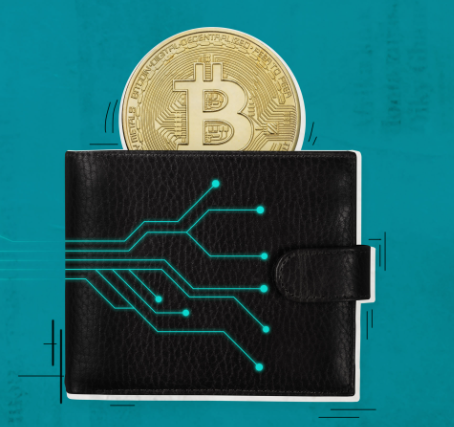
Bitcoin payments Made Easy: An Introduction to Lightning Network
Bitcoin, the groundbreaking digital currency, has captured the attention of the world with its decentralized and borderless nature. However, the scalability and transaction speed limitations of the Bitcoin network have posed challenges to its widespread adoption as a practical payment method. Enter the Lightning Network, a revolutionary solution that aims to make Bitcoin payments easy, fast, and cost-effective. In this article, we will provide an introduction to the Lightning Network and its potential to transform Bitcoin payments.
Understanding the Lightning Network:
The Lightning Network is a second-layer protocol built on top of the Bitcoin blockchain. It introduces a network of payment channels that allow users to transact directly with each other, off-chain. These payment channels are like virtual tunnels that facilitate instant and low-cost transactions. By utilizing smart contracts, the Lightning Network enables secure and efficient payment routing between participants.
How Does the Lightning Network Work?
To utilize the Lightning Network, users open payment channels with each other by committing a certain amount of Bitcoin to a multi-signature address on the blockchain. Once the channel is established, users can exchange funds back and forth as frequently as they want, with only the final settlement being recorded on the Bitcoin blockchain.
The Lightning Network leverages the concept of bidirectional payment channels, enabling parties to transact without broadcasting each transaction to the entire network. This significantly reduces transaction fees and enables near-instantaneous payments, even for microtransactions.
Benefits of the Lightning Network:
Lightning-Fast Transactions: With the Lightning Network, Bitcoin payments become nearly instant. Users can send and receive funds in real-time, rivalling traditional payment methods such as credit cards.
Scalability: The Lightning Network addresses Bitcoin’s scalability challenge by enabling off-chain transactions. This reduces network congestion and allows for a higher volume of transactions to be processed simultaneously.
Lower Transaction Fees: Lightning Network transactions come with minimal fees compared to on-chain Bitcoin transactions. This makes microtransactions and small-value payments economically viable.
Privacy: Lightning Network transactions are conducted off-chain and are not publicly visible on the Bitcoin blockchain. This provides an additional layer of privacy for users.
Enhanced User Experience: Lightning Network simplifies the process of making Bitcoin payments. Users can transact seamlessly and quickly, without waiting for network confirmations or dealing with high fees.
Conclusion:
The Lightning Network holds immense promise for the future of Bitcoin payments. By enabling fast, low-cost, and scalable transactions, it addresses the limitations of the Bitcoin network and enhances the usability of Bitcoin as a practical payment method. As the Lightning Network continues to evolve and gain wider adoption, it has the potential to unlock new possibilities for commerce, micropayments, and financial inclusion on a global scale. With its user-friendly approach and transformative capabilities, the Lightning Network is poised to make Bitcoin payments easy and accessible to users around the world.



